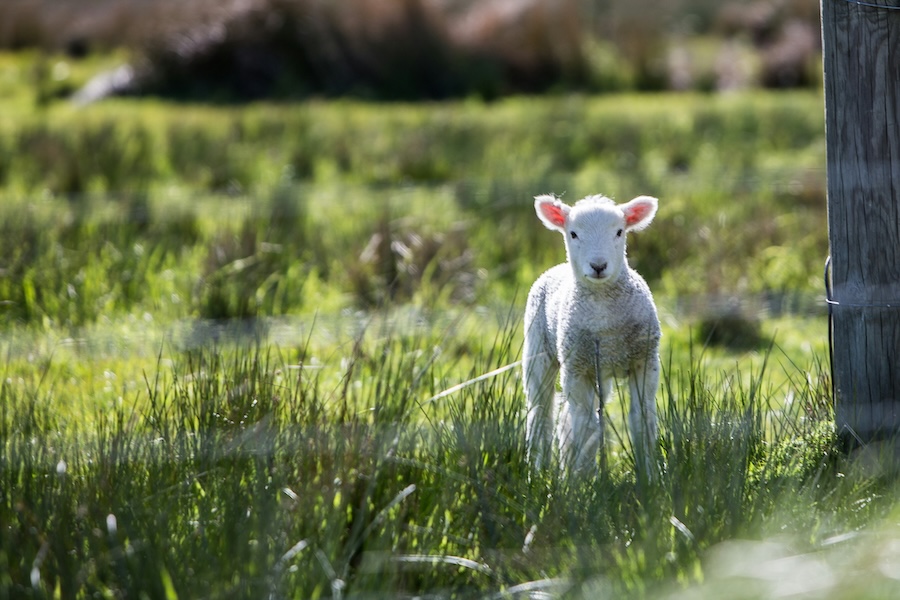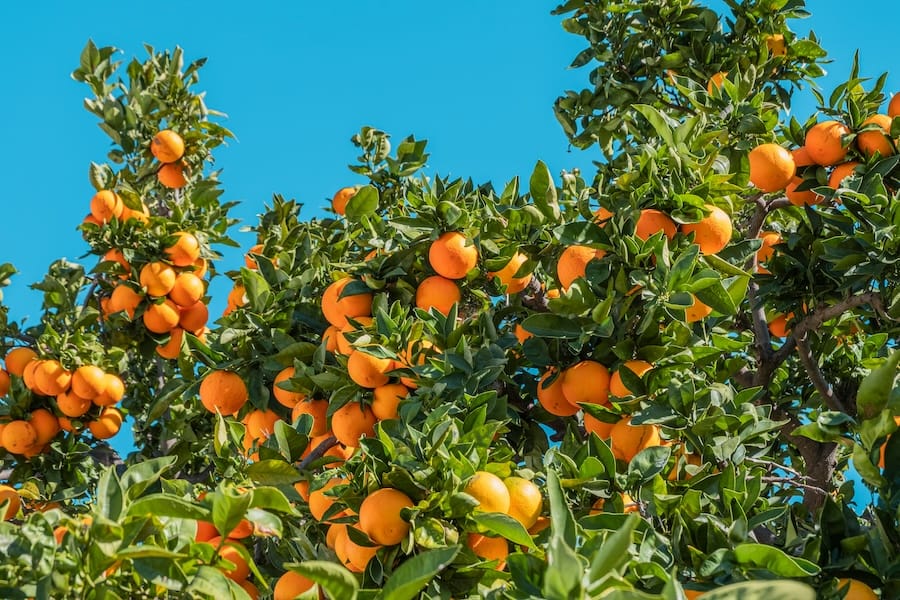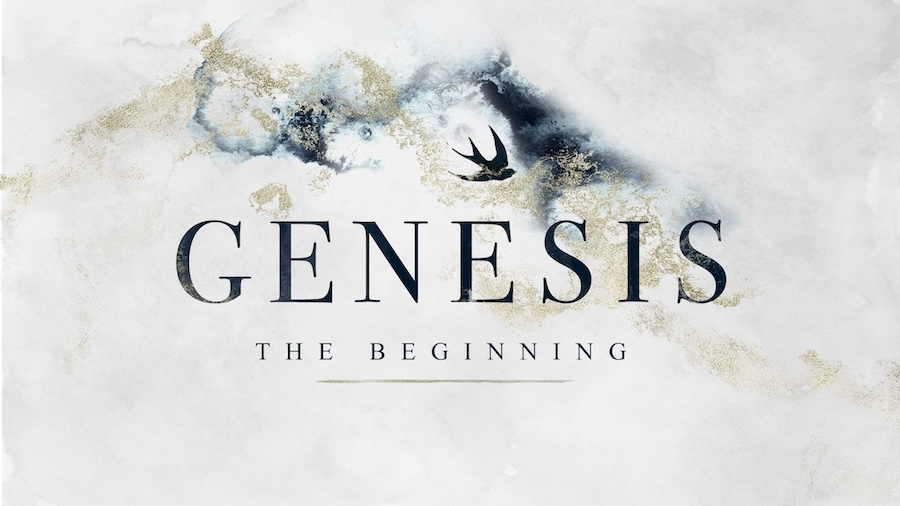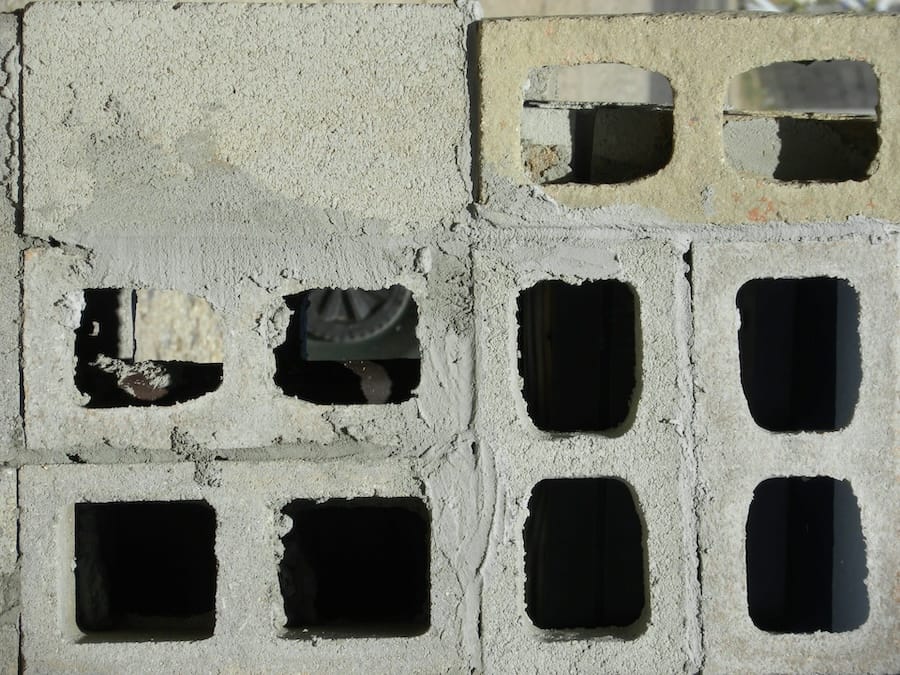
John 1:29
The next day he saw Jesus coming toward him, and said, “Behold, the Lamb of God, who takes away the sin of the world!
It’s a story I’ve shared before, but it’s such a powerful truth about the work of Jesus that unfolds this week—I feel compelled to share it again.
And it starts, not with Holy Week or Easter, but with the festival we celebrated 4 months ago… Christmas.
Jesus was born in the city of David—Bethlehem. It was the royal city and its claim to fame was that it was the place where Israel’s favorite king was born. In Hebrew, Bethlehem means House (Bet) of Bread (lehem). It is fitting, don’t you think, that the Bread of Life was born in the city known as the house of bread. The reason it is the house of bread is because the city rests on top of a hill. Along its slopes and in the surrounding area there are wheat and barley fields—used to make the bread for the city and beyond.
In fact, it was here in the fields of Bethlehem that Ruth and Naomi gleaned wheat to survive. It was here that Ruth met Boaz, her kinsman redeemer. A kinsman redeemer is the relative that takes the responsibility of saving and delivering a family member in trouble. It is fitting, don’t you think, that Jesus—our kinsman redeemer—is born in the same city where this narrative previously unfolded.
In Aramaic, the primary language of Jesus, Bethlehem means house of blood. This is because of the shepherds that lived in the fields outside the city. These are the shepherds whom the angels startled with their divine announcement and the same ones who were the first to worship the new born king. These shepherds, likely tending their sheep in the same field where the shepherd king David tended his flocks, were special shepherds. Not because they were special. Even in sharing the same occupation as David, shepherds were the garbage collectors of the day. But, these special shepherds were a notch above regular shepherds because of the herd they were tending. Their sheep were Temple sheep. They were raising lambs for the sacrifice.
Fitting, and foretelling, that the shepherds that worshiped the infant Jesus were the ones charged with raising the spotless lambs. In fact, one faithful way to understand their time before the manger was that they were there to identify and certify Jesus as a spotless lamb. Of course, they didn’t know this at the time—who could. But, as John the Baptist welcomes Jesus into the work of his ministry he does so with these words, “The next day(the day after John baptized Jesus) John saw Jesus coming toward him, and said, “Behold, the Lamb of God, who takes away the sin of the world!” Jesus has always been the Lamb of God who takes away the sin of the world. In the Lord’s orchestrating of the story, it makes sense that the shepherds in charge of the lambs for the slaughter would be the ones who great and welcome the Lamb of God into this world.
It’s nasty and grotesque business, animal slaughter. It is from a foreign land and a foreign time. We see it as barbaric and inhumane. But, it was the faithful worship life of the Old Testament. And it is the foundation upon which so much of our faith is laid. The blood of the Passover Lamb (Exodus 12) is painted on the doorpost so that Israel might break free. It is the death of Jesus, our Lamb of God, that frees us and delivers us from death. His dying is our salvation. And, it plays out in the fields of Bethlehem.
These fields are the place where the shepherds did their work. They provided lambs for the sacrifice throughout the year. Every morning and every evening a lamb was sacrificed. And, during the Passover—occurring during that first Holy Week—every family that came to Jerusalem was called to sacrifice their own lamb. We don’t have accurate estimates of how many people would have pilgrimage to Jerusalem for this Holy Week Passover—but it was enough to fill a pretty big stadium. That’s a lot of lambs. Bethlehem is about 6 miles south of Jerusalem. It was the job of these shepherds to transport 10,000+ lambs into the holy city leading up to Passover. 10,000+ spotless lambs. Can you imagine that? It is a challenge for me to get my 6 children moving in the same direction at the same time. 10,000+ lambs—it would have been an incredible and entertaining sight.
The rabbi’s of the day, knowing the logistical nightmare of this 6 mile walk from the fields to the holy city, offered some instructions to the shepherds. The lambs had to make it to the Temple compound in order for all the pilgrims to be able to purchase a temple certified Passover lamb—remember Jesus’ Temple tantrum about the money changers and the marketplace in the temple square? The instructions were simple—bring the lambs to the city on the first day after the last Sabbath before Passover. Why does this matter? We celebrated this same day just yesterday. The date the shepherds brought the 10,000+ lambs into the city was the same day we know as Palm Sunday. Jesus and his triumphant entry into the city was one of two parades that day. The other included shepherds and lamb’s being led to the slaughter. Well, both had lambs being led to the slaughter. This is Holy Week.
Back to the fields for a moment. The shepherds would have been faithful and temple certified. Just like anyone today, they would have done their best to be efficient in their shepherding. The rules were simple. Only lambs that were blemish free would have been fit for sacrifice. God only deserves the best—or so goes the common expression. And the same was true of the lambs. In order to do this, these shepherds would have been temple certified. They had been through the classes and would have had the certificate (There probably was no certificate and no continuing education—but you get the idea) to identify and give the stamp of approval to any lamb that was fit for sacrifice. And, upon inspection, these shepherds would often want to protect their lambs—these were the money makers. So, they would want to protect it from being trampled. To do this, they would often swaddle the lambs in a cloth and would get it up off the ground. What was almost always handy and readily available to get these new born sheep off the ground? A manger. The feeding trough doubled as a nursery bed for these lambs. That line in the nativity is no small detail. The manger was the only place fit for the Lamb of God to rest his head.
Finally, and this is the most beautiful and the most barbaric part of the whole story. The shepherds wanted to be efficient and effective in their managing of the herds and providing an ongoing supply of spotless lambs. And, as happens in this life, there were times when a momma ewe didn’t make it through the birth. It would have been vitally important for the orphaned lamb to find an adoptive momma to take care of it. And, there were times when the momma made it but her lamb did not. Matching orphaned lambs and childless ewes is a beautiful and necessary element to shepherding. The problem was always in trying to get the momma to adopt the lamb. It isn’t a natural process of life in the world of sheep. Momma sheep only want their own lambs.
Through trial and error shepherds found that there was only one way that always facilitated this adoption. Only one way was foolproof to get the momma to welcome the orphaned lamb. The shepherd had to take the blood of the lamb that had died and wash the orphaned lamb in its blood. Do you see the beauty in this grotesque practice. You are only adopted into the family by being washed in the blood of the lamb that died. This is Jesus, your kinsman redeemer. He adopts you into the family. He gives you a name, a place, and identity. Through Him you are found.
My dear friend, as we enter into this holiest of weeks, may the beauty of God’s story—that has unfolded since the beginning of time—resonate in the depths of your soul. May you be moved by the love of our Lord and his sacrifice. May you be overwhelmed by the grace you don’t deserve. May you be confounded by the brokenness that lingers within you and empowered by your prodigal God who never stops running towards you—even as you run away. May you know the one who loves you enough to stretch out his arms and die in your stead. May the Spirit grant you the gift of hearing of God’s love as if you were hearing it for the first time. And may it bring you the comfort of that old, old story that you have known your whole life.
God’s blessings and Peace as you enter into this Holy Week.
Recent Posts

Holy Week and the Blood of the Lamb

Abundance

Beginning



